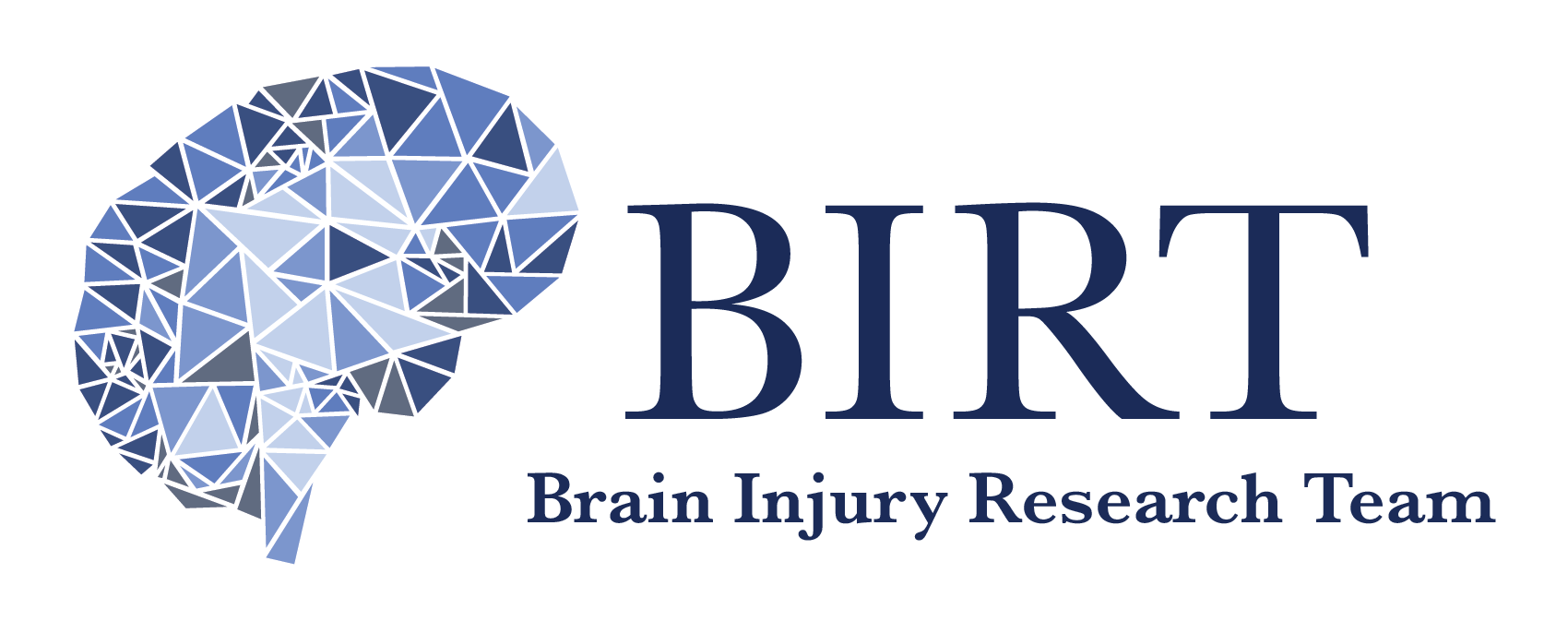Community-based crisis
intervention for survivors of ABI:
an interagency initiative (2011)
The Journal of head Trauma Rehabilitation, 26(5), 423.
Introduction/Rationale: Over 250,000 Virginians of adult age are living with a disability as a result of acquired brain injury (ABI). Behavioral and cognitive issues, the most common debilitating consequences of a severe ABI (Milders, Fuchs, & Crawford, 2003), have a significant impact on a person’s psychosocial adjustment and ability to reintegrate into the community. In Virginia, there is currently no publicly-funded option for neurobehavioral treatment for individuals affected by brain injury. These individuals are unable to access appropriate behavioral health services, leading to potential inappropriate placement in state and local psychiatric facilities, skilled nursing facilities, or the judicial system.
Method/Approach: This action trajectory research (Anderson & Herr, 2005) seeks to assess the barriers to behavioral health services, identify best practices and develop a model/protocol for crisis intervention for individuals with ABI. The team used a mixed methods approach by deploying a survey instrument and facilitating a series of focus groups. The survey was deployed to regional providers through Qualtrics and the results were analyzed using SPSS/PASW17. The focus group data was analyzed using NVivo 8 and later triangulated with the survey data. The findings highlighted barrier themes and overall severity rankings that guided the project actions.
Results/Effects: Based on needs assessment results and an extensive best practices review, the research team assembled a workgroup of regional stakeholders. This interagency collaborative designed a cross-systems map using the sequential intercept model (Munetz & Griffin, 2006). The map served as the basis for the protocol/model that the team began to pilot in the community as crisis cases arose. Protocol evaluation using these case studies remains in progress. Concurrent to the protocol development, the project team also organized several training opportunities to address the previously identified educational gaps (i.e., PBS, BIFI). Outcomes measures related to these programs are under investigation.
Conclusions/Limitations: Preliminary findings support the necessity of an inclusive interagency approach to adequately respond to individuals in crisis. This intervention should reflect a continuum including outreach education and training, accurate screening and identification, risk assessment, and post stabilization community supports (e.g., case management). An additional consideration is that while providers report a need for training and education, it is unclear if increased preparation has a direct impact on systems change and accessibility of services. Another potential issue with local systems change is that providers may not feel empowered to champion change within state controlled systems. Further study is merited.
